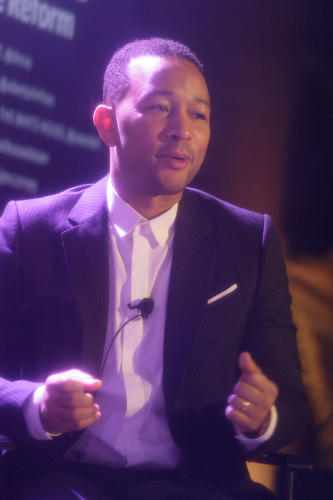How Technology Is Helping (And Hindering) Criminal Justice Reform
If the U.S. criminal justice system looks radically different decades from now, we’ll owe at least some thanks to technology. But even as a smartphone-armed citizenry and a push for greater data transparency strive to make police more accountable (and eventually, prisons less populated), we’re still in the very early stages of a transformation that’s going to require a lot hard work—and way better data.
“We need to understand that what we do in America is radically oppressive,” said singer and activist John Legend on a panel about criminal justice reform and technology at Fast Company’s 2016 Innovation Festival earlier this month. Last year, Legend launched #FreeAmerica, a campaign and prison visitation tour aimed at reversing the trend toward mass incarceration in the U.S. “There’s nobody that’s better at locking people up than we are. We lock up people for a longer time than any other country. Why is that?”
To better understand mass incarceration and related issues like police brutality, activists, citizens, tech companies, and police departments alike are increasingly turning to new technologies like data science, crime-mapping, and mobile video. Though police body cameras face inconsistent adoption and frequent failures, the proliferation of smartphones has allowed citizens to document—and even live-stream—police misconduct themselves.
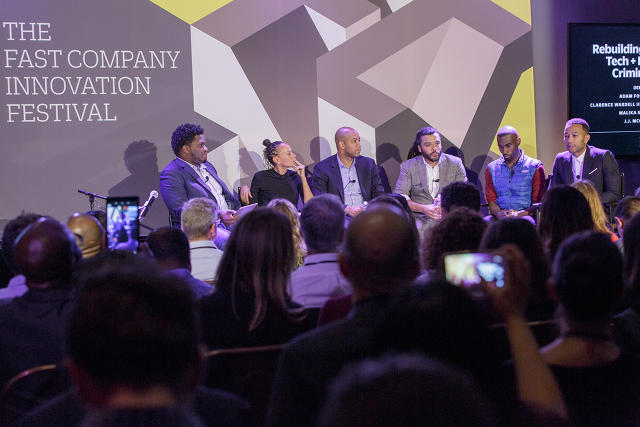
“The more digitally connected we are, the most we understand what happens to each other, whether it’s in South Bronx or in South Africa,” said Malika Saada Saar, a human rights lawyer who works at Google to help the company find ways to use technology for social justice. Her efforts include convincing Google to join the Ban the Box movement (which urges employers to omit questions about prior criminal convictions on job applications), as well as a virtual reality experience that simulates solitary confinement in an American prison. “Every genocide, every act of rape, every war crime happens in the context of isolation and silence. Technology allows us this powerful opportunity to disrupt that silence and disrupt that isolation.”
In the last several months, the U.S. has witnessed a steady flow of police shootings—usually of unarmed black men—captured on camera by citizens and disseminated online, a phenomenon that Saar points out has put police brutality in the national spotlight. “Three or four years ago, we were just talking about that in black and brown communities,” she said.
Since the launch of President Obama’s Police Data Initiative (PDI) in May 2015, over 170 data sets about arrests and other police activity have been released from 129 jurisdictions across the U.S. But like the police reform recommendations derived from Obama’s 2014 Task Force on 21st Century Policing, the PDI is a work in progress with an unclear future following the presidential elections. If these programs continue under the Trump administration, Fast Company’s panelists agreed, the collection and use of the data itself needs a lot of work.

“Any number you’ve ever heard about police violence comes from local media reports,” said DeRay Mckesson, a Black Lives Matter activist who helped found Campaign Zero, a police reform policy proposal. “So if you get killed and no newspaper writes about it, you are not in the data set. So we think that the number of people being killed by police is actually underreported.”
As the use of data in policing and criminal justice crawls slowly toward widespread adoption, the limitation of these initiatives is twofold: In addition to statistical blind spots like the one cited by Mckesson, there’s the arguably bigger issue of data points that are not even being collected in the first place.
“Often we see that data is not disaggregated by race and gender,” said Saar, whose work in human rights law has focused heavily on women. “What plays out is the invisibility of black and brown women. Because we’re not looking at that powerful intersection of race and gender, because there’s a data desert there, we deny ourselves the knowledge of how women and girls of color are suffering around police misconduct and the criminal justice system.”
Panelist Adam Foss, a former Boston prosector, cofounded an organization called Prosecutor Integrity that aims to get prosecutors involved in criminal justice reform. To Foss, the issue of uncollected data is one that, if resolved, could lead to a much more thorough understanding of the machinery of criminal justice in America. During his time working as an assistant district attorney in Massachusetts, Foss said that a lot of data about cases was recorded in paper files that were eventually destroyed as a matter of protocol, denying policymakers a chance to better understand trends in criminal prosecutions that could bring racial bias or other meaningful patterns to light. Other useful pieces of data, like information about the communities from which defendants come, goes unexamined entirely.
“Prosecutors have autonomy but we don’t know anything about the populations that we’re serving,” Foss said. “How can you be making decisions that destroy people’s lives forever when you don’t know the power of the weapon that you have in your hand?”
More robust data about trials and prosecutors could also be used to help raise standards of justice and elevate people within the system who are playing a more productive role. Right now, Foss said, prosecutors are evaluated by their bosses based on metrics like the number of convictions they’ve achieved, rather than other data points like how many juvenile defendants went on to graduate high school or broader statistics that could measure a prosecutor’s impact on the community they serve.
“We can start collecting data so that when prosecutors get evaluated, it’s not about how many trials we’ve won, but about how many people’s lives you’ve made better because they’re no longer in the system,” Foss said. “That is the 21st century of prosecution.”

As important as hard data will be to the future of criminal justice, the panelists also stressed a need to humanize that data and ensure that the nuances of human experiences don’t get lost in all the spreadsheets. As an example, Saar cited encounters she’s had over the years with young women who have been victims of sex trafficking, many of whom are charged with prostitution.
“These girls are being put behind bars for essentially being subject to commercial serial rape,” Saar said. “When we talk about the consequence of mass incarceration on our children, we don’t talk about these girls. Yes, we need data, but we also need to be able to bear witness to women and girls whose lives are broken because their lives are criminalized.”
“People’s lives are data points too,” Mckesson added. “We should figure out how to quantify that.”
Fast Company‘s J.J. McCorvey (far left) with (from left) Malika Saada Saar, Clarence Wardell III, Adam Foss, DeRay Mckesson, and John Legend.

Singer John Legend discussed prison reform at Fast Company’s 2016 Innovation Festival.

Malika Saada Saar is a human rights lawyer who now works at Google helping the company figure out ways to use technology for social good.
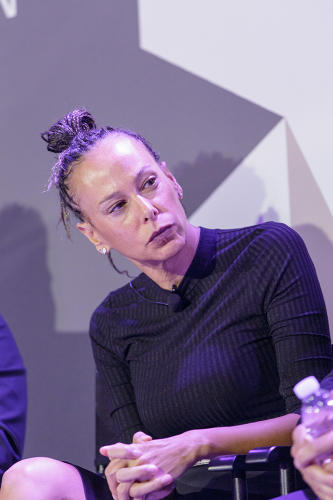
DeRay Mckesson is the cofounder of the police reform nonprofit Campaign Zero.
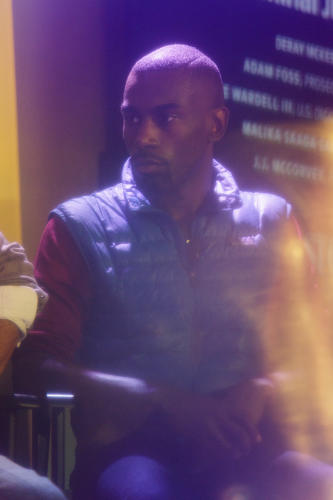
Adam Foss, a former juvenile prosecutor, says true criminal justice reform requires the active participation of prosecutors.

Adam Foss, DeRay Mckesson, and John Legend.

Clarence Wardell III works for the Obama administration’s U.S. Digital Service focusing on policing data initiatives.
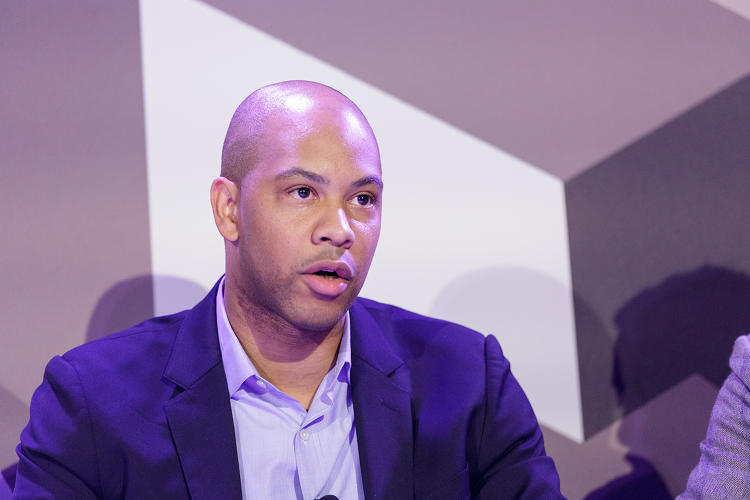
Fast Company’s J.J. McCorvey with Malika Saada Saar, Clarence Wardell III, Adam Foss, DeRay Mckesson, and John Legend.
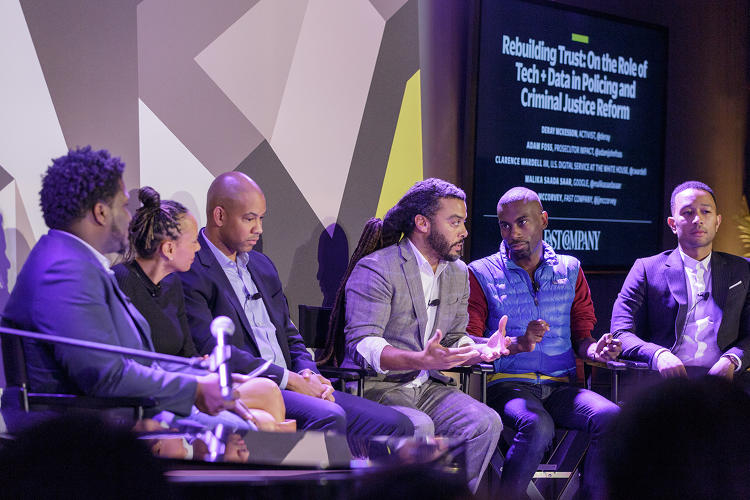
Google’s Malika Saada Saar.
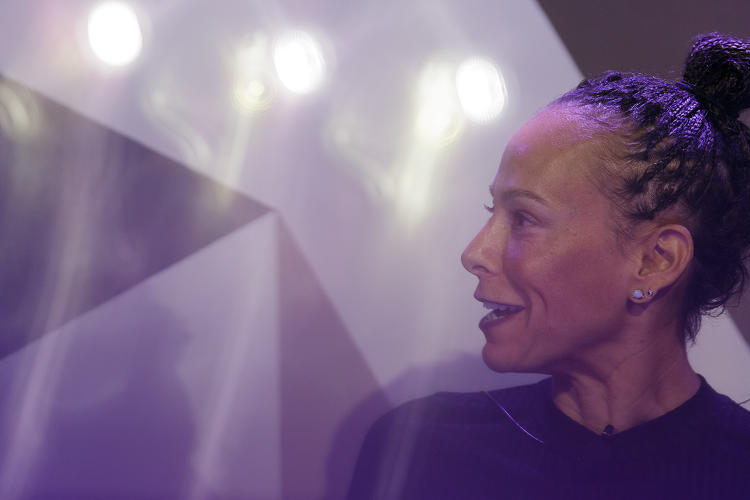
Fast Company , Read Full Story
(56)

